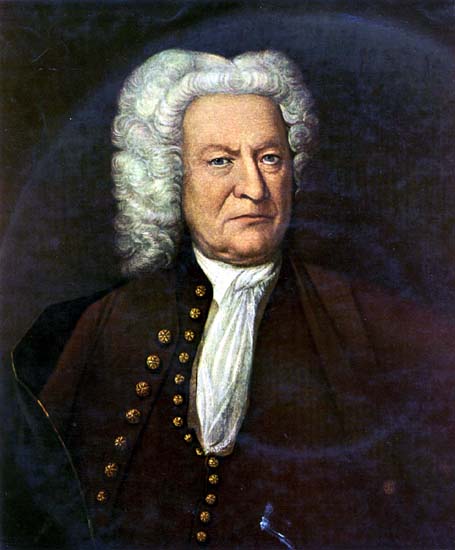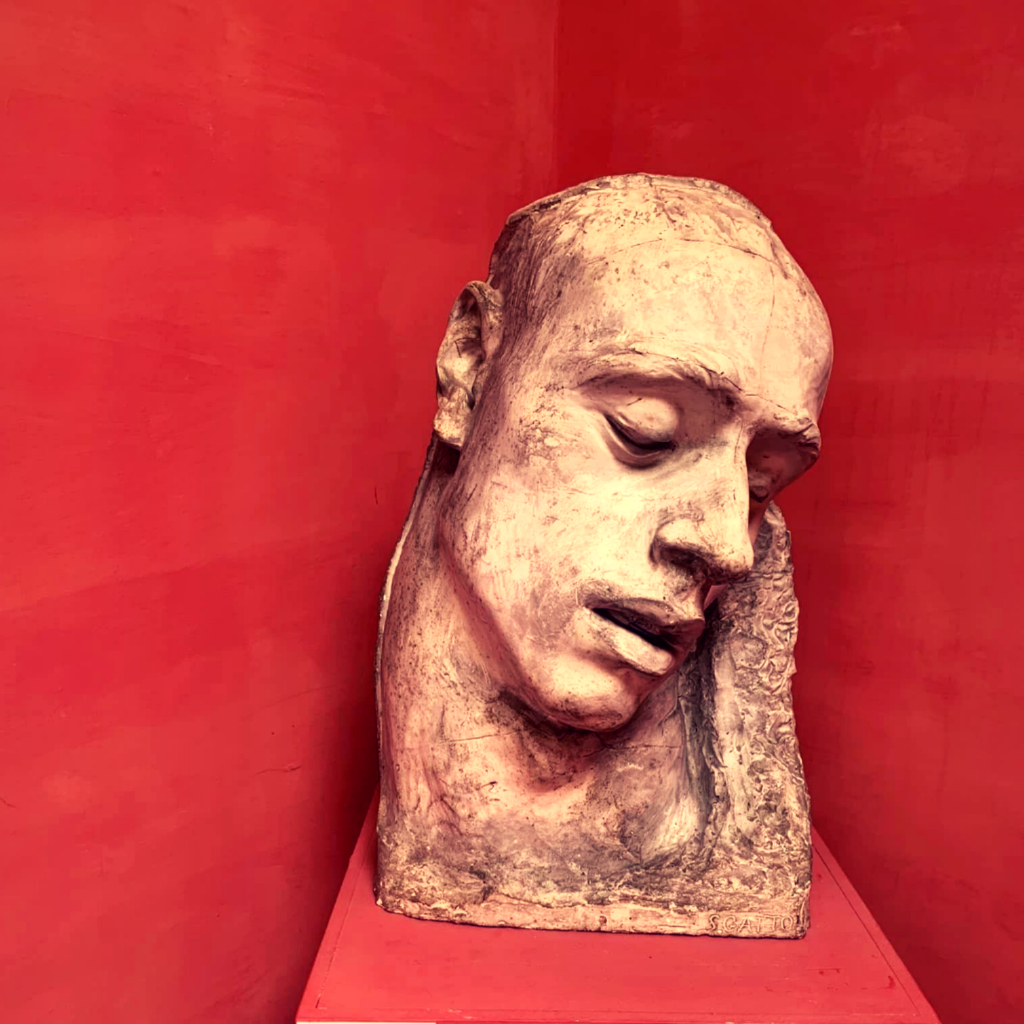
Certain historical figures and their facial features have been ingrained in our common memory.
One of those recognisable people is Bach, although, unlike the others, he is perceived by the general public as an elderly person.
The 1746 Elias Gottlob Haussmann portrait, now in the Altes Rathaus in Leipzig, has been described by more than one commentator as the “Ursprung” of Bach iconography.
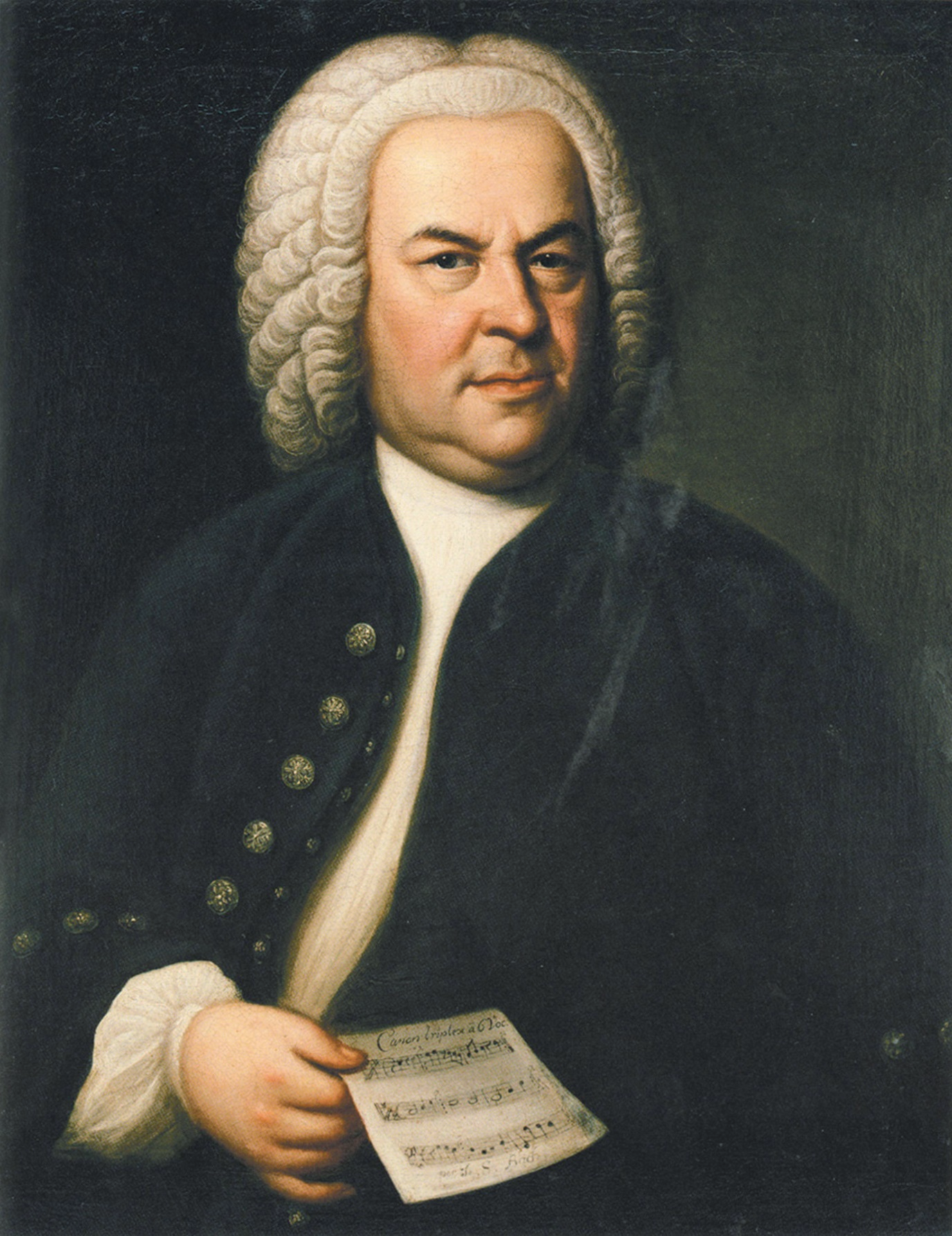
His most famous portrait shows him as a charismatic patriarchal figure with an intelligent look of life and a dense build; this is clearly not a hoax and a visitor of the secular races. The history of his life and the possible portraits made before his last years paint the movement of his personality throughout his life.
The Haussmann portrait is the only one we know to be authentic. There are four other portraits of Bach, painted at different points in his life, all of which are probably (but not certainly) authentic, according to Bach researchers and facial recognition experts. The earliest is the portrait attributed to the Weimar Court Painter, J. E. Rentsch, the Elder (d. 1723), now in the Angermuseum in Erfurt, that is alleged to depict Johann Sebastian Bach during the years that he spent in Weimar as Court Organist and Concertmeister between 1708 and 1717.
The Erfurt Portrait, painted when Bach was in his late 20s or 30. The most accessible of his portraits, he depicts an attractive, apparently well-educated young man with a vivid facial expression and a magnetic look. It’s a 30-year-old Bach who we can easily imagine by writing great organ music and having 20 children: perfectly socialized, flesh and blood is a fantastic ploy for an ambitious aristocrat or a nobleman looking for a musical footman, which is also one of history’s greatest geniuses.
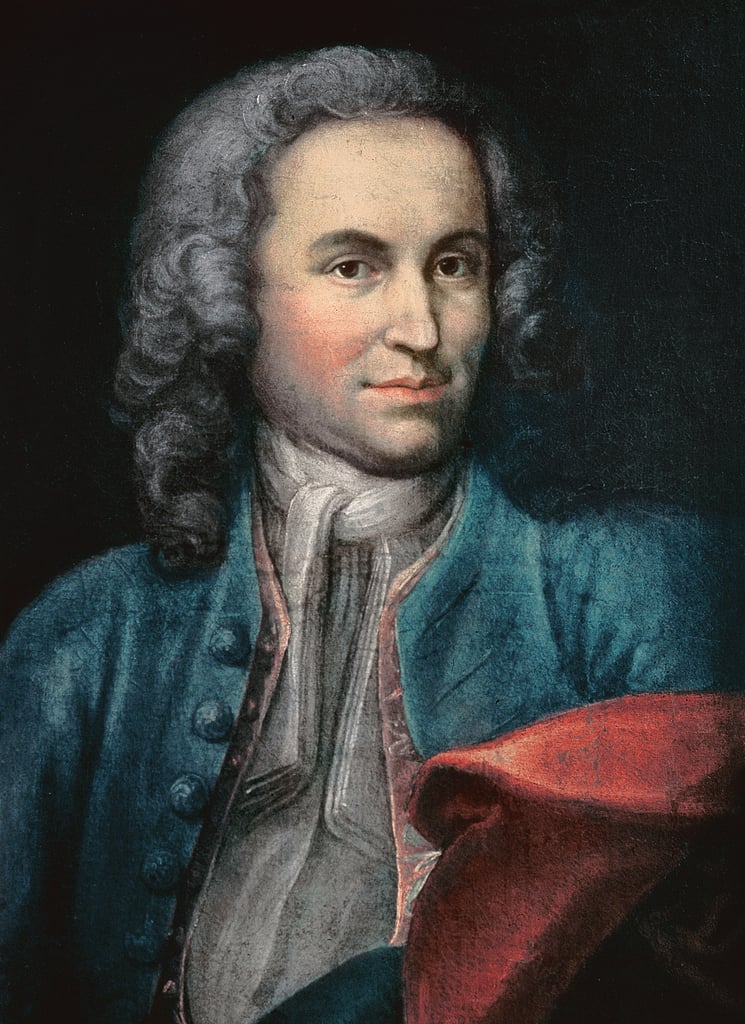
the Weimar Concertmeister
The Ihle Portrait is Bach of the Cello Suites and the Brandenburg Concertos. He’s over 30 years old and he works for Prince Anhalt-Cöthen. Huge changes in the inner state in six years. A thoughtful look, deeply ingrained, even denser build, that will contribute to his cardiovascular problems in the future. This is a photograph of the man who felt his fault after dearth first wife, Maria Barbara. This reflects the dark mood of the second and fifth cello suites and some of his later works in Leipzig.
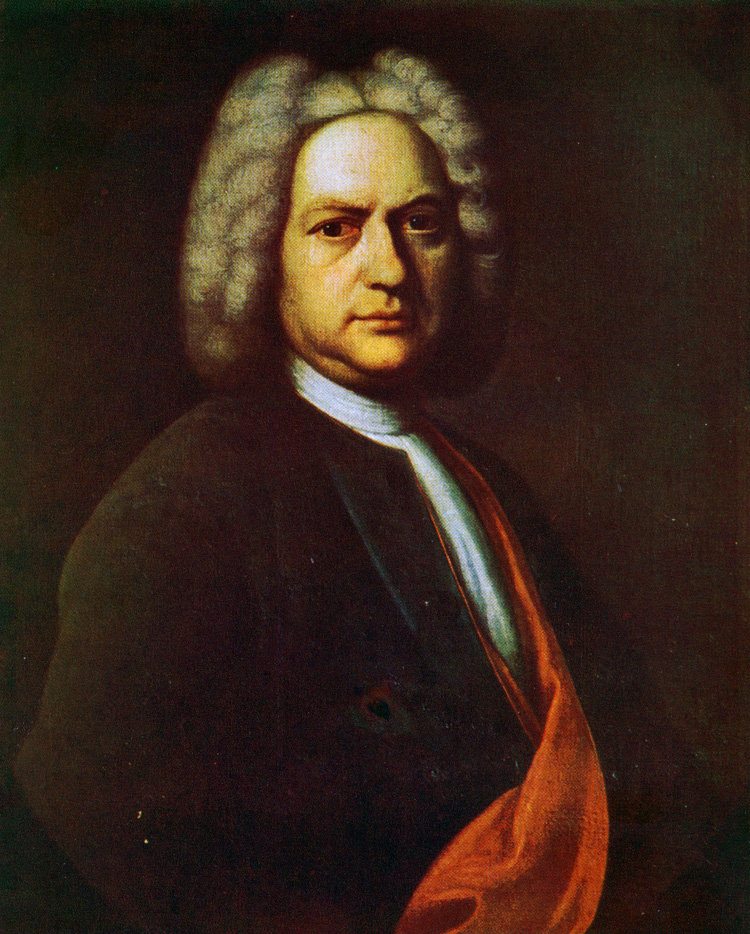
The third possible portrait of Bach was painted when Bach was 48 years old. The Weydenhammer Portrait Fragment, ca. 1733, shows him as a powerful man. This magnificent portrait gives us a strong sense of Bach’s vast personality.
The fourth of his portraits, and most widely reproduced, the Haussmann Portrait (1746) depicts Bach at the advanced age of 60, with a restrained smile, behind which sufferings and severe physical ailments are seen.
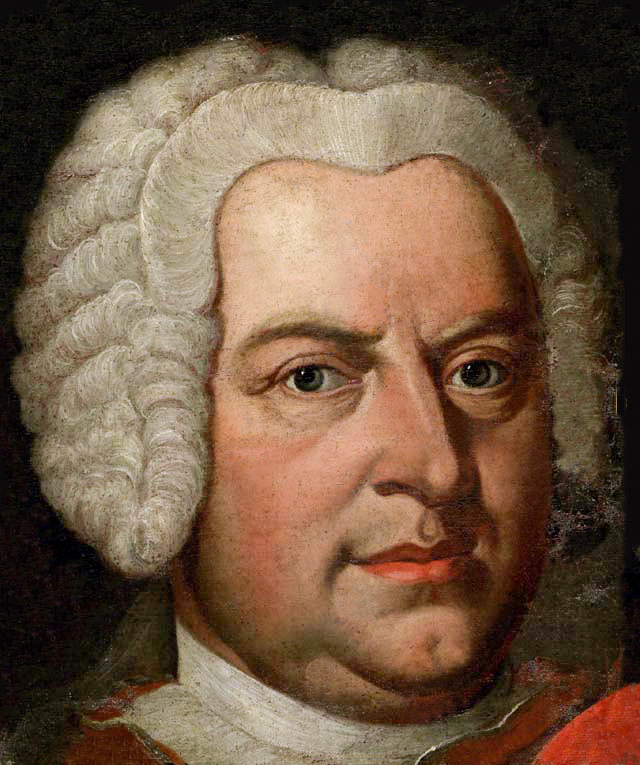
The last of Bach’s portraits, Volbach, was probably painted in the last few weeks of Bach’s life. The last picture before going to eternity. The unnatural glare of the eyes is evidence of John Taylor’s failed surgery, which effectively blinded him. Negligence in the parade of the camisole: a few loose buttons could mean he was half paralyzed. It’s a consequence of the stroke he suffered after a failed surgery. Bach lost a healthy weight, and his facial shape sharply marked the facial expressions of anguish and sorrow.
